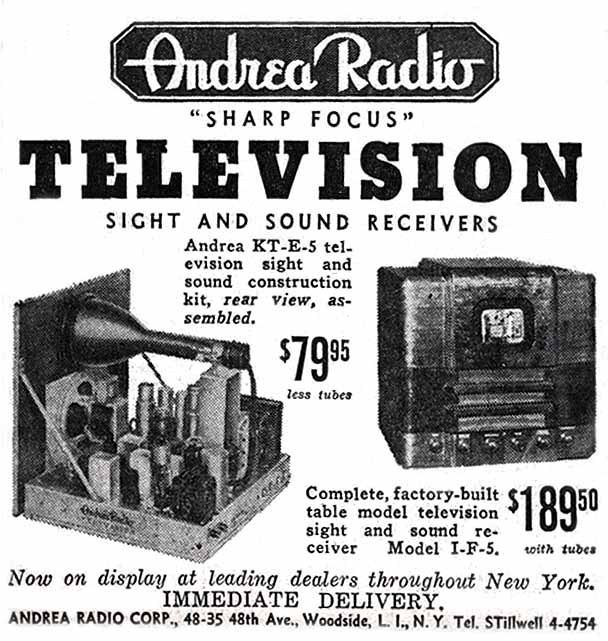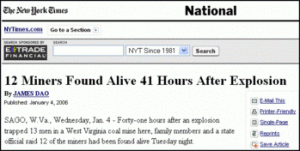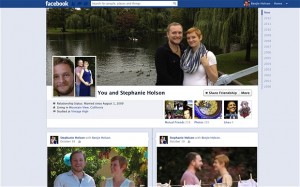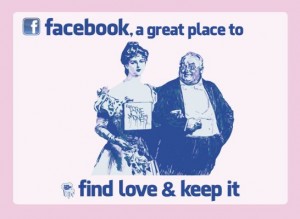I was only 10 when the DC sniper attacks began in the Washington D.C. area. John Allen Mohammad and Lee Boyd Malvo over the span of 20 days killed 10 people and injured three. Constant coverage of the shootings frightened many people, but did the media actually feed the fear?
Initially the task force to find the sniper put out word that they were looking for a white box truck. There were eyewitness reports from people who had actually seen a dark Chevy Caprice after one of the shootings had occurred. The police quickly dismissed those reports and the media followed up by reporting the white box van information to the public.
The snipers’ ninth attack occurred at a school after an announcement by the media that schools were safe.
Did the media provoke the sniper to do it?
At the school, a tarot card was found with ”For you mr. Police.” “Code: ‘Call me God’.” “Do not release to the press.” written on the back. Someone leaked this evidence to the media who broadcasted it to the public, infuriating Montgomery County Police Chief Charles A. Moose and the task force.
At one point Chief Moose said, ”I have not received any messages that citizens of Montgomery County want Channel 9 orThe Washington Post or any other media outlet to solve the case. If they do, then let me know. We will go ahead and do other police work, and we will turn the case over to the media, and you can solve it.”
The media was covering the aftermath of these attacks for hours and they decided to bring on criminal profilers. Almost all the profilers suggested that the sniper was an white male who acted alone and was from the area. This hurt the media’s credibility after the suspects were arrested were not what had been portrayed on the news.
After police link Mohammed to a dark blue Chevy Caprice, similar to previous eyewitness statements, they do not tell reporters this information because they feared that if the information went public the sniper would go into hiding. However, the media is one step ahead. Journalists hear a description of the suspect’s car while listening to police bands and broadcast this information to the public.
Several hours later, an eye witness spots the vehicle at a rest stop in Maryland where police find Mohammad and Malvo sleeping in the car.
I will say that broadcasting the vehicle’s description could have been disastrous. At this point it was the clear that the killers were watching the news reports on the shootings. If the suspects had been watching the news instead of sleeping in the car, they could have possible ditched the car and evaded police.
This case tested the relationship between law enforcement and the news media. Each side wants to use the other for their benefit, but both sides made mistakes in this case. I don’t believe the media fed the fear to the public, the sniper did that. The news media was just the messenger, the watchdog of society.















